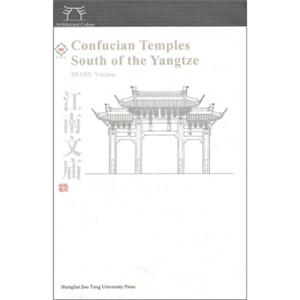
江南文庙(英文版)
编辑推荐
Born in 1965, Mr. ZHANG Yaxiang graduated from Shandong Institute of Architecture and Engineering in 1988 and got a bachelors degree in interior design. After graduation, he was engaged in architectural design at Dongying Institute of Architectural Design. In 1998, he graduated from the College of Architecture and Urban Planning, Tongji University, and got a masters degree in architectural history and theory. Now, he is the manager of Shandong Fidelity Construction Planning and Design Company, and a registered architect at the national level.
内容简介
Confucius Temple, also called Confucian Temple that was built in other parts of the country, plays an important role in the history of ancient architecture in China.Confucius Temple in Qufu is one of the three major ancient architectural complexes existing in China. The size and structure of local Confucian Temples follow the pattern of Confucius Temple in Qufu. They not only serve as the temples for offering sacrifices to Confucius, but also as schools run by local government. They are large in number and exist throughout the country. During 1,300 years of development, various styles of Confucian Temples with distinctive local characteristics have emerged all over the country. Confucian Temples south of the Yangtze, as one of the outstanding representatives, were built in the early times, with high building standards, and are in a wellpreserved condition.
This book has made textual research and analysis of Confucian Temples south of the Yangtze with respect to historical origin, architectural shapes and slructures, decline and renaissance, the existing situation and the ceremony of offering sacrifices to Confucius, with the purpose of protecting Confucian Temples and providing some basic data for updated research.






 在线客服
在线客服